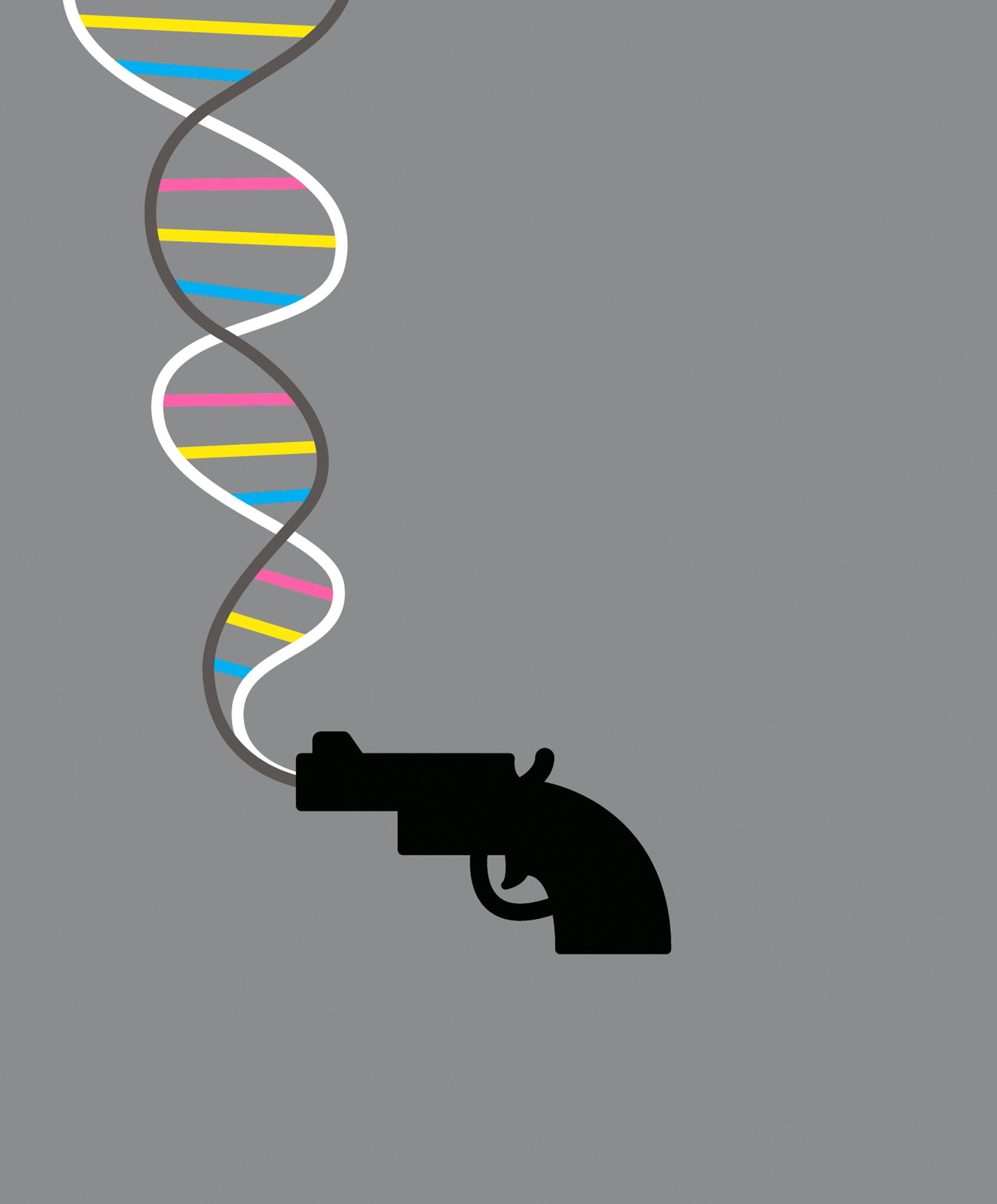By Isra Uz-Zaman, Genetics ’14
Cheating in sports in not a new phenomenon. In the modern era, numerous athletes participate in blood doping by injecting erythropoietin (EPO) into their blood to increase the amount of red blood cells and thus improve their athletic performance. EPO is a protein hormone produced by the kidney which stimulates the production of red blood cells when released into the bloodstream. Increased red blood production increases the amount of oxygen available in the body and boosts an athlete’s performance. Yannis Pitsiladis, a psychologist in Scotland, is at the forefront of developing anti-doping testing based on the genetic fingerprint left by drugs. Conventionally researches developed tests to find the drug, but Pitsiladis has taken another approach. He is developing a new generation of tests that will gather evidence from the doper’s own body.
Pitsiladis hypothesized that RNA should reflect changes if the body has been fooled into making more blood cells. To test his theory, he drew blood from runners in Scotland and Kenya, injected them with EPO and recorded unique fluctuations in RNA sequences several times a month. This resulted in a dramatic discovery: more than 100 RNA sequences in the doped blood had unique fluctuations. The body responds to EPO by moderating the expression of certain genes–certain RNA fragments were 16 times more plentiful in the doped blood. Doped blood (even doping with one’s own blood) has an unusual amount of specific proteins as a result of freezer burn which develops as blood ages; thus doped blood can be differentiated from regular blood. Because this test utilizes secondhand evidence of protein patterns and RNA levels (rather than the direct evidence of presence of drugs), researchers have a lot of work to do in distinguishing between natural and artificial processes in the body. Although this new method of testing is promising, we’ll have to wait until the next Olympics for this test to be ready.
Reference:
Cornwall, Warren. The Secret to a Bulletproof Antidoping Test? The New York Times, 01 Mar. 2014. http://nyti.ms/1k5QAiu
Related Publications:
Durussel, Jérôme, Daskalaki, Evangelia, Anderson, Martin, Chatterji, Tushar,Wondimu, Diresibachew H., Padmanabhan, Neal, Patel, Rajan K., McClure, John D.and PITSILADIS, YANNIS (2013) Haemoglobin mass and running time trial performance after recombinant human erythropoietin administration in trained men. PLoS ONE, 8 (2). ISSN 1932-6203
PITSILADIS, YANNIS, Wang, Guan, Wolfarth, Bernd, Scott, Robert, Fuku, Noriyuki,Mikami, Eri, He, Zihong, Fiuza-Luces, Carmen, Eynon, Nir and Lucia, Alejandro (2013)Genomics of elite sporting performance: what little we know and necessary advances. British Journal of Sports Medicine, 47 (9). pp. 550-555. ISSN 0306-3674


